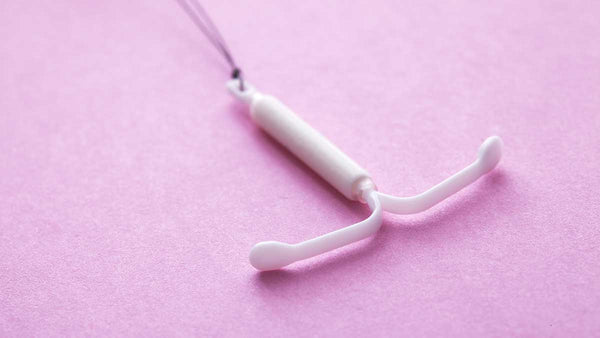MG Asks: Should I Be Getting an IUD or Implant Right This Second?

If you’re wondering whether you should get an IUD, like, yesterday, you’re not alone! Potential policy changes might make it harder to access birth control in the future, and some women are taking long-term measures to make sure their uteruses will be covered. If you’re considering an IUD or implant, here’s what you should know…
It’s probably free – for now. Most plans under Obamacare are required to cover one type of birth control per person. Some plans – including religious plans, grandfathered plans purchased before March 23, 2010, and short term health insurance – are not required to cover birth control, so make sure you look into the specifics of your plan. Also, while the IUD or implant itself is required to be covered, there may be a charge for the insertion. However, as of Spring 2014, 62% of women getting IUDs were paying $0 out-of-pocket.
Even if you do have to pay something to get it inserted, you don’t have to pay a dime for your birth control after that until it’s time to remove it, either because you’re ready to procreate or because it’s expired (more on that below).
It’s as close to a foolproof birth control method as we’ve got. IUDs and implants are basically idiot-proof, because it doesn’t require its user to do anything to make it work. So the failure rate for the IUD or implant – no matter what kind you get – is less than 1% (compared with 9% for the birth control pill).
There are three different kinds of IUDs. I’ve got the Mirena, which is one of the two hormonal IUDs. It releases a higher level of hormones than its hormonal sister, the Skyla. Personally, I love my Mirena; I barely get my period anymore (and way less cramping than I used to). The Paragard is a copper IUD, and releases zero hormones. I have heard some women say that their Paragard gives them a heavier period, but everyone’s body is different; YMMV. There’s also the implant, which is inserted under the skin of the upper arm (rather than into the uterus); it is also hormonal and also usually causes lighter periods.
Different devices last different amounts of time. The Skyla lasts three years, the implant lasts up to four years, the Mirena lasts five years, and the Paragard lasts TEN WHOLE YEARS. So if you want to make sure you’re covered for as long as humanly possible, the Paragard is the way to go.
There are other benefits besides the no-babies thing. Both hormonal and copper IUDs reduce the risk of endometrial cancer. A copper IUD can also act as an emergency contraceptive if inserted 5-7 days after intercourse. And hormonal IUDs thicken your cervical mucous, which makes it harder for STIs to enter (though still use a condom to keep your pussy safe).
But, of course, there are also drawbacks. Every medication has its risks. I’ve gotten some harmless cysts and more yeast infections than I ever used to since getting my Mirena, and as mentioned before, some women get a heavier period or more painful cramps from a Paragard. The IUD insertion process is also often painful, and has a 1 percent chance of causing uterine perforation. Implants can also cause irregular periods or other side effects. Talk to your doctor, listen to your body, and be safe.
Still: #worthit. I am so glad to have my IUD and to know that my birth control situation is taken care of. And I’m not alone: every woman interviewed by Bustle about her IUD said she was glad to have it. Check out your options, gird your loins, and be safe!
0 comments